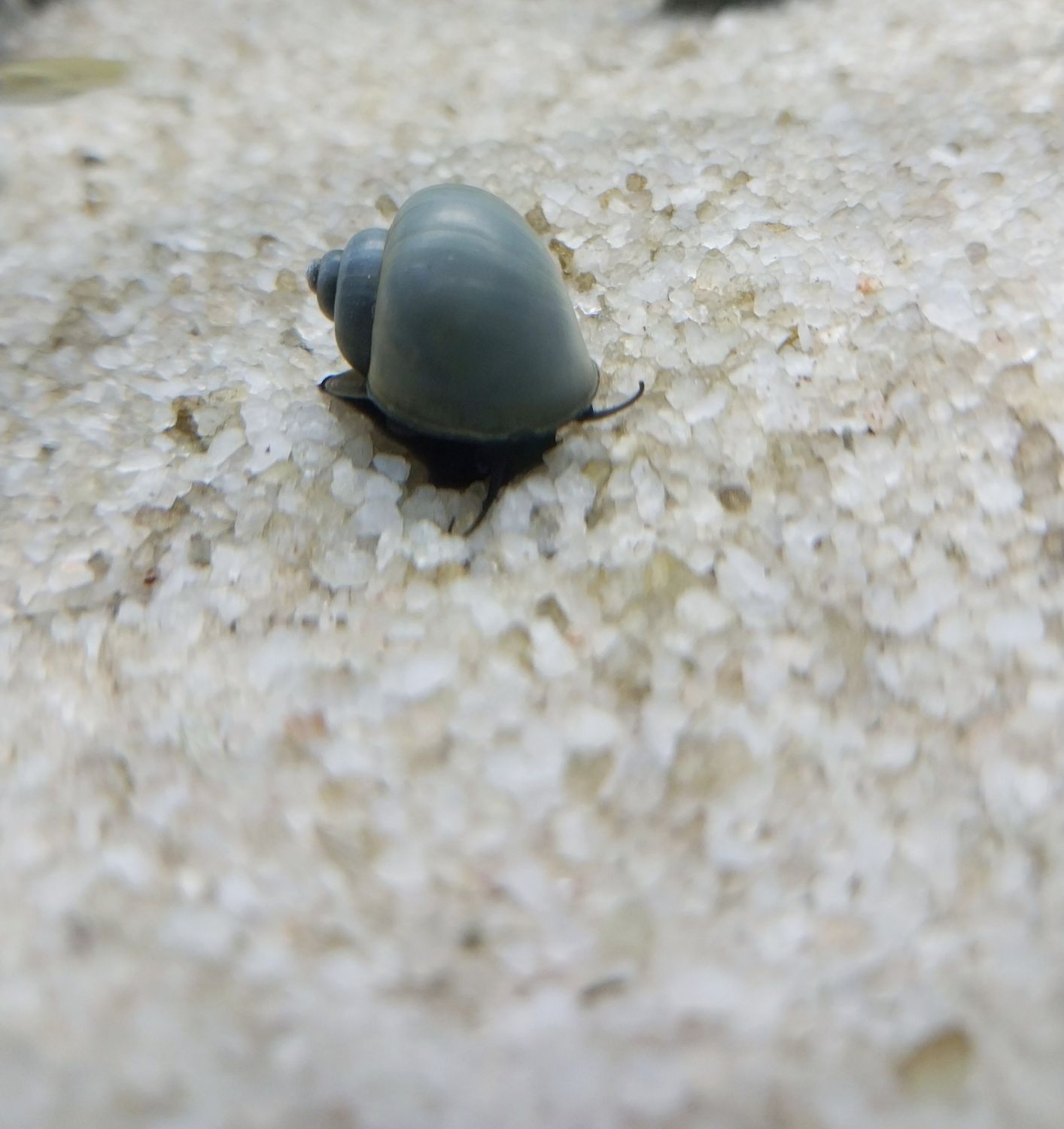Blue Mystery Snail 'Pomacea Bridgesii'
R70.00
In stock
Save this product for later
Blue Mystery Snail 'Pomacea Bridgesii'
Product Details
The Blue Mystery Snail (Pomacea bridgesii) is a popular and hardy freshwater aquarium snail, known for its striking blue or purple color and relatively easy care requirements. These snails are great for algae control and add a colorful touch to aquariums. Here's a detailed care guide for your Blue Mystery Snail:
Tank Requirements
- Tank Size: A minimum of 10 gallons is recommended for a single snail. If you're keeping more than one, it's ideal to have at least 20 gallons to prevent crowding.
- Water Parameters:
- Temperature: 72-82°F (22-28°C)
- pH: 7.0-8.0 (slightly alkaline is preferred)
- Hardness: 8-12 dGH (moderately hard water is best)
- Ammonia/Nitrites: 0 ppm (non-toxic)
- Nitrates: Less than 20 ppm
- Filtration: A moderate filter is recommended. Ensure the water current is not too strong, as snails are not strong swimmers and may struggle in high-flow areas.
- Substrate: A soft substrate, like fine sand or smooth gravel, is ideal to prevent damage to the snail's soft underside. Avoid sharp-edged substrate.
Diet
- Primary Diet: Blue Mystery Snails are scavengers and will consume a variety of food, including algae, detritus, and biofilm in the tank. However, you should supplement their diet with:
- Algae Wafers or Vegetable Tablets: These are a good source of nutrients for your snail.
- Leafy Greens: Lettuce, spinach, or kale (blanched and cut into small pieces).
- Cucumber: Snails love cucumber slices; just ensure it's fresh and not salted.
- Calcium: Snails need calcium to maintain a healthy shell. You can provide calcium-rich foods (e.g., cuttlebone, calcium blocks) or add a liquid calcium supplement to the water.
- Avoid: Keep them away from salted foods or any foods with additives, as these can harm snails.
Water Quality
- Water Changes: Perform regular water changes (around 25-30% every 1-2 weeks) to maintain good water quality and prevent the buildup of toxic substances.
- Filtration: An efficient filter will help keep the water clean. Snails produce waste, so ensure the filter is adequate but not too strong.
- Calcium: Blue Mystery Snails need calcium to build and maintain their shells. Inadequate calcium can lead to soft or deteriorating shells, so be sure to add calcium sources regularly.
Tank Mates
- Compatible Tank Mates: Blue Mystery Snails are peaceful and generally get along with most freshwater fish and invertebrates, such as:
- Peaceful fish like guppies, tetras, and bettas (though bettas may nip at the snail).
- Shrimp, like cherry or ghost shrimp.
- Other peaceful snails (but avoid other types of snails that might outcompete them for food).
- Avoid: Larger or more aggressive fish, like cichlids, that may view the snails as food. Some fish, such as loaches, will also actively hunt snails.
Breeding
- Sexual Dimorphism: Blue Mystery Snails are sexually dimorphic, meaning males and females can be distinguished. Males tend to be smaller and more slender, while females are larger with a more rounded body.
- Reproduction: Mystery snails can lay eggs above the waterline, usually as pink or white clusters. If you're not interested in breeding, you may want to remove these egg clutches, as they will hatch and the population could increase quickly.
- Egg Care: Eggs require a high humidity level to hatch, so if they are laid outside the water, ensure the environment is moist but not flooded.
- Temperature and pH: To encourage breeding, maintain a warm (around 80°F) and slightly alkaline environment.
Common Health Issues
- Shell Deformities: If the snail's shell is soft or starts deforming, this is often a sign of calcium deficiency. Ensure the snail has access to a proper calcium source.
- Snail "Death Spiral": If your snail is constantly spinning in circles or floating upside down, it could be suffering from poor water quality, a lack of food, or disease.
- Parasites: While uncommon, snails can carry parasites or diseases that can affect other tank inhabitants. Quarantine new snails before introducing them to your main tank.
Behavior and Lifespan
- Activity: Blue Mystery Snails are nocturnal and tend to be more active at night. During the day, they may retreat into their shells or hide in dark corners of the tank.
- Lifespan: With proper care, Blue Mystery Snails can live for 1-3 years.
- Cleaning: Snails will help keep algae growth in check and clean up leftover food, but don’t rely on them as your primary method of algae control.
Other Tips
- Handling: Handle snails gently, if at all. They have soft bodies and can be injured easily if dropped.
- Snail Escape: Snails can sometimes climb out of the tank, so ensure the aquarium is covered to prevent them from escaping.
By providing your Blue Mystery Snail with proper care, you can enjoy its beauty and benefit from its algae-eating capabilities for years to come.
Display prices in:ZAR

